Puberty from Bench to Clinic —— Lessons for Clinical Management of Pubertal Disorders
----- 青春期研究,从科研到临床
Puberty is a unique paradigm for the understanding of gene-environment interaction and developmental programming. Therefore, normal and abnormal pubertal development can be divided and examined in three sections: the role of genetic factors, the role of environmental factors (including nutrition) and therapeutic issues in disorders of puberty. Dealing with all of these sections and framed along current key concepts in pediatric endocrinology, experts share their view on critical issues such as weighting of genetic versus environmental factors or the impact of environmental factors in relation to critical periods in development. Not only showing the consensus and controversial issues in the various areas, each chapter presents lessons for clinical management in an attempt to link basic research, physiology and pathophysiology with the clinical management of pubertal disorders. Puberty from Bench to Clinic bridges up-to-date concepts from animal and human physiology and pathology towards a better understanding and management of pubertal disorders, making it a unique resource for researchers in the field of development and reproduction, clinical scientists and practitioners in neuro-, pediatric and adolescent endocrinology as well as gynecology.
{{comment.content}}
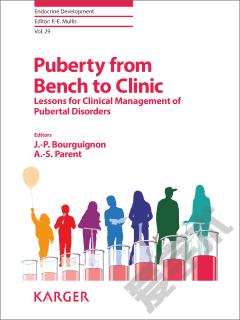

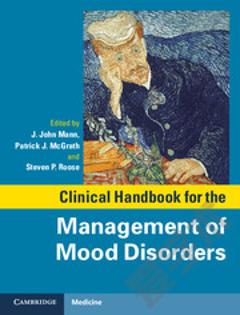
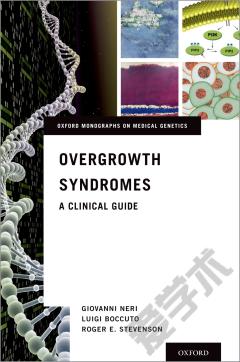
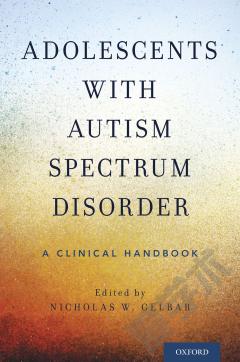
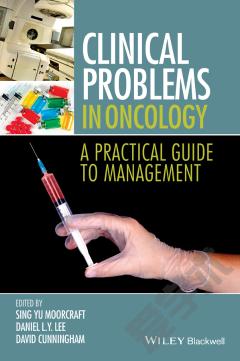


 京公网安备 11010802027623号
京公网安备 11010802027623号